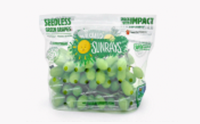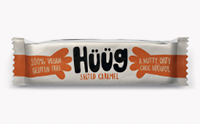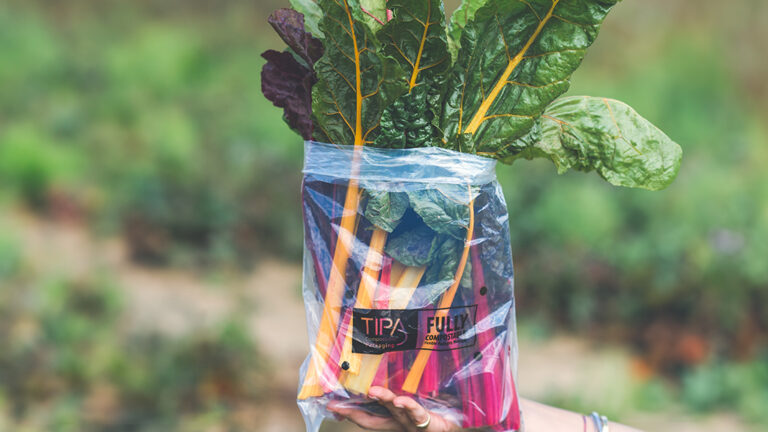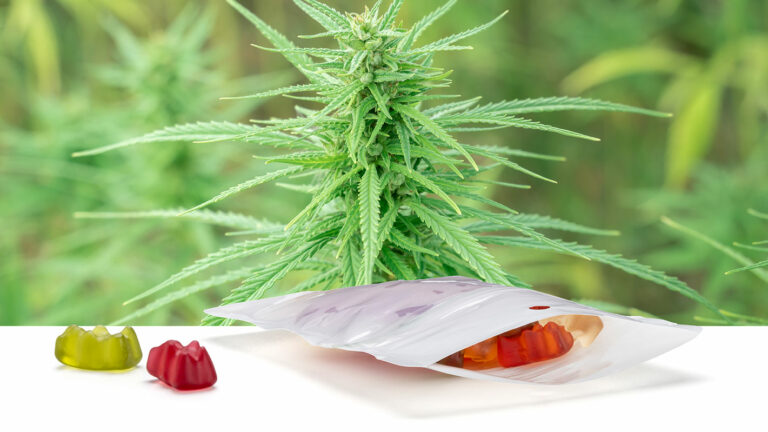The fashion industry has been long driven by consumers’ growing appetite for new, inexpensive clothes. This created a fast fashion phenomenon, often characterized by inferior quality, overproduction, wasteful use of resources, and unethical labor practices.
In recent years, the voices of a new generation of consumers who have a strong sustainability ethos have become louder. Consumers’ awareness and engagement in sustainability have significantly deepened.
Low prices are no longer sufficient in satisfying environmentally-minded fashion consumers that are demanding transparency and environmental responsibility from their favorite fashion brands.
One such example is from sustainable fashion industry pioneers, AboutWear, who are valued by clients across the globe for quality underwear and loungewear. Its garments are produced in a local factory using innovative, eco-friendly materials. Packaging is an important part of the brand’s sustainability ethos, too.
Whether you are an established brand or an entrepreneur, sustainability is not out of reach!
You can transform your fashion brand into a circular one by following these five steps:
Create sustainable, lasting designs. Rather than imitating short-lived catwalk trends, concentrate your efforts on producing high-quality, timeless pieces that won’t fade out fashion quickly after one season. With the right choice of materials, construction, and cut, such garments will last for years rather than months.
Use eco-friendly materials. While oil-based polyester may be a tempting choice in terms of price and durability, it has an unacceptably high carbon footprint, and may take hundreds of years to decompose. Ditch non-biodegradable materials in favor of sustainably grown or recycled cotton, linen or Tencel, and choose deadstock or surplus fabrics to benefit from a reduced price, saving them from ending up in landfills.
Go cruelty-free for animals. Get inspiration from sustainable fashion pioneers, such as Stella McCartney, who never used fur, feathers, or leather in her high fashion collections. Instead, she’s been successfully experimenting with cruelty-free alternatives, such as Mylo – a vegan leather grown from mycelium, the underground root structure of a mushroom. Cactus leather is another biodegradable and cruelty free option to consider.
Ensure ethical labor practices. If possible, manufacture locally to reduce your carbon footprint and ensure that ethical labor practices are in place. If you chose manufacturing facilities abroad, sign a code of conduct to prevent child labor and make sure that the workers receive a living wage, and work in healthy, sanitary conditions.
Adopt compostable packaging. Your environmentally-friendly garments are now ready to be delivered to stores or end-consumers? Choose compostable packaging to make sure that their sustainable journey won’t end up with environmentally harmful packaging or shipment. Pack the items in fully compostable resealable or zipper bags that will protect the garments just as well as conventional plastics would, but will biodegrade in compost conditions just like organic waste. Use and reuse recycled boxes, and make sure they are shipped only when full.
Offer post-purchase product care. Educate your consumers on how to take best care of their new garments. If possible, provide a repair service, and offer the option to return used garments along with their compostable packaging. Then, make sure that they get properly upcycled and/or composted.
Going sustainable may seem like an arduous process, but it’s a rewarding one. Don’t get discouraged if you cannot implement all the steps at once. Start with one or two environmentally-friendly practices, and then expand your activities into other sustainable areas. For example, if you want to dip your toes into compostable waters, but can’t commit to high quantities of custom-made packaging, you may explore TIPA’s stock program for fashion packaging. Whatever your volumes are, you can now go compostable without compromising on packaging quality nor by spending fortunes!
Edited by Taly Haimov
NEW! TIPA’s compostable packaging
for fashion in stock offering for small quantities.














